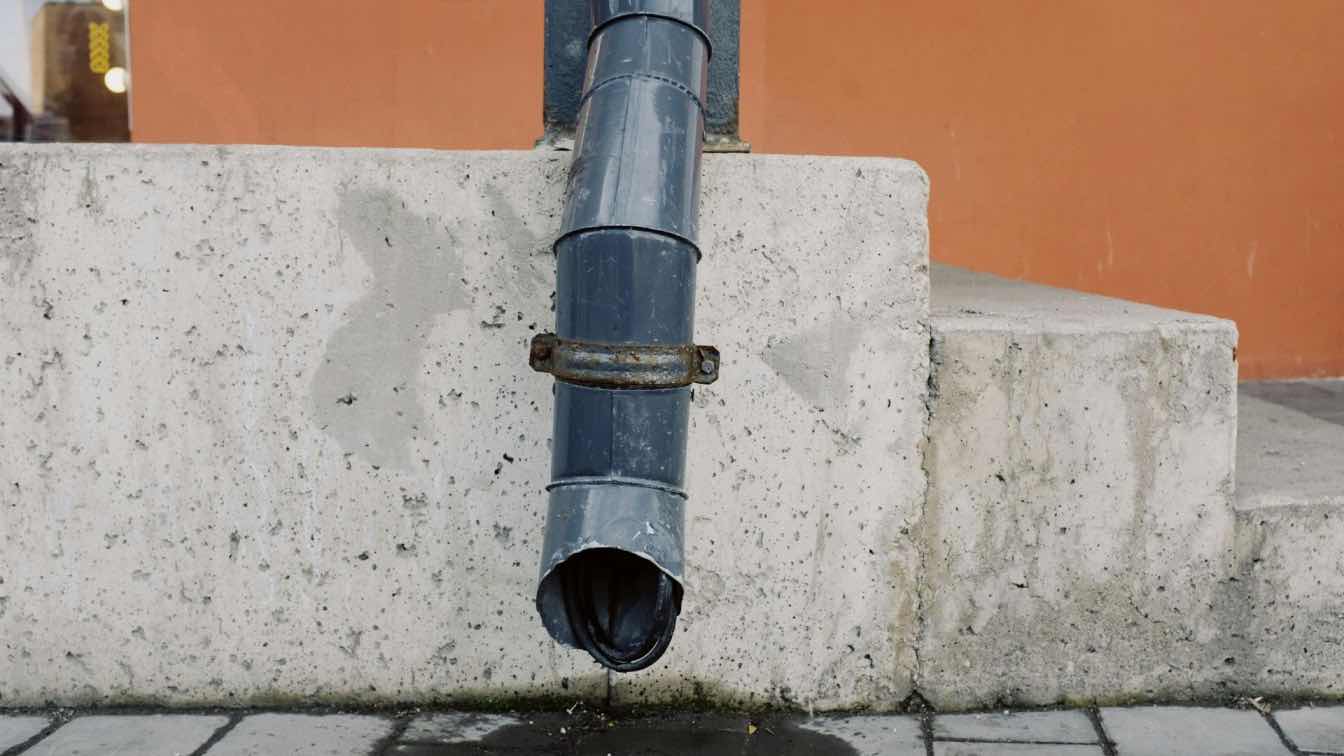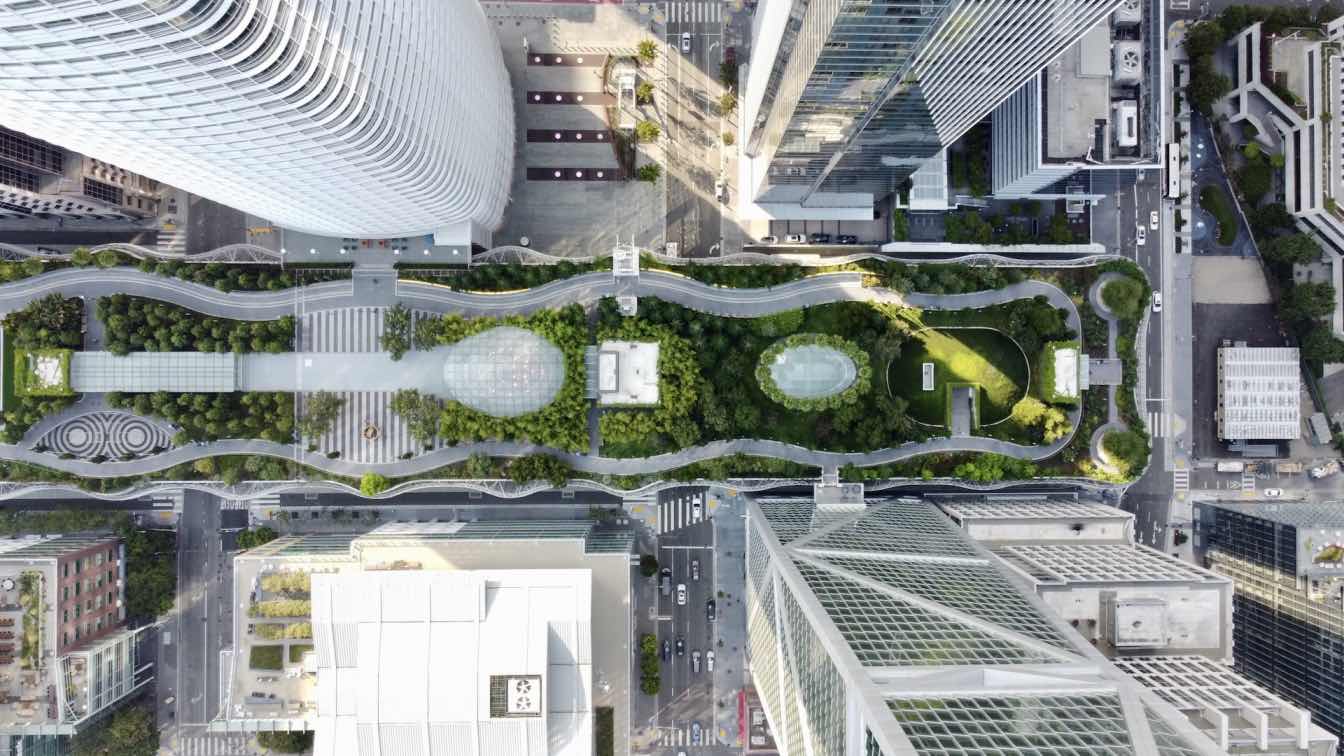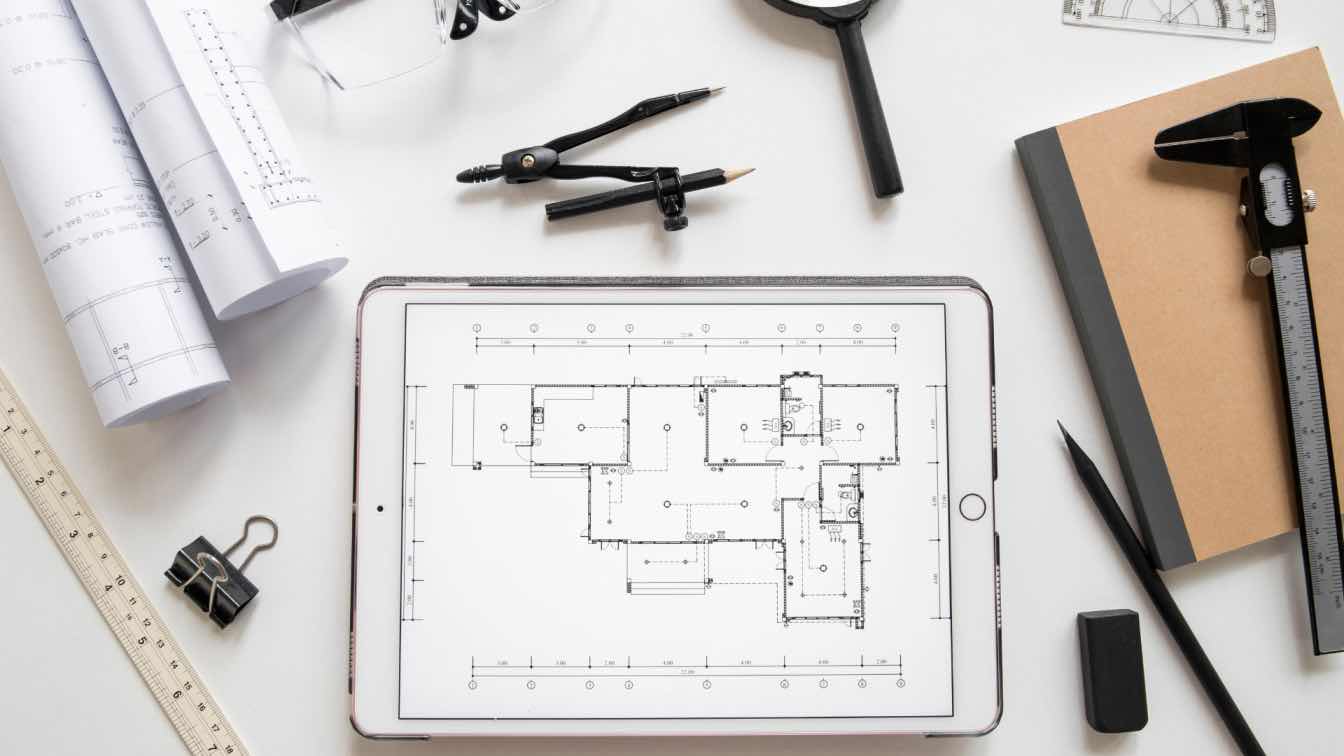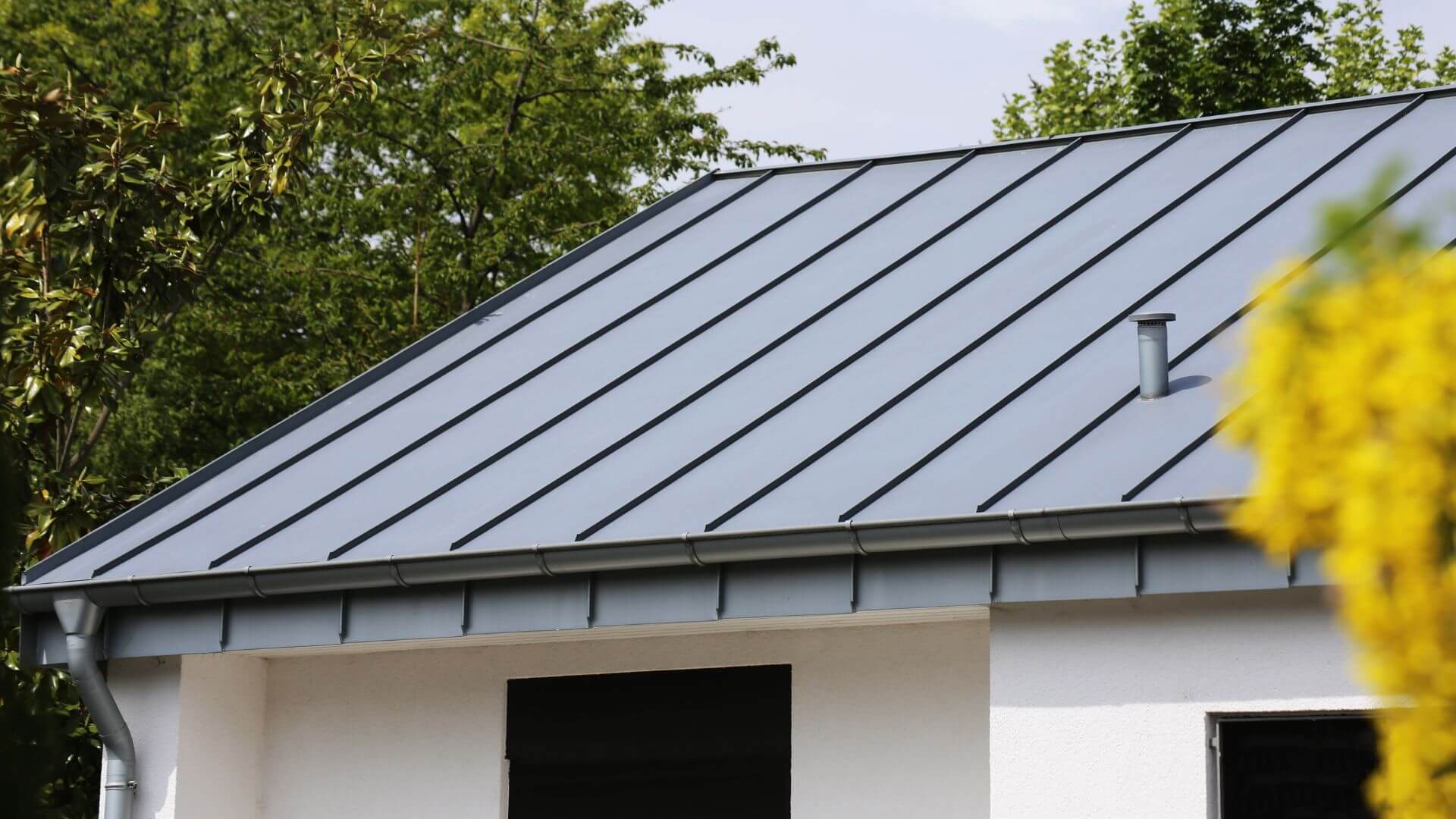Ever wonder what really protects a building from water damage? It’s not just the roof or strong walls—it’s what happens underneath and around them. Drainage plays a big role in keeping buildings dry, stable, and safe. When it’s working, you don’t notice it. When it’s not, things go downhill fast.
In places with heavy rain, like Pompton Lakes, water has to be moved away from homes quickly and safely. That’s not just about comfort—it’s about preventing mold, cracks, and even structural damage. Older neighborhoods in Pompton Lakes often face added pressure because their systems weren’t built for today’s weather patterns. Add in rising rainfall and tighter housing, and it’s easy to see why drainage matters more than ever.
In this blog, we will break down how drainage protects buildings, what can go wrong, and why it’s worth paying attention to the parts you don’t always see.
Why Drainage Is About More Than Just Pipes
At its best, drainage keeps moisture moving where it should go. It directs it away from foundations, keeps basements dry, and helps roofs shed water without damage. But when even one part of the system breaks down, the problems escalate fast. Think water pooling near the base of your home, finding cracks in the foundation, or creeping into walls. It doesn’t take a flood to cause damage—just time, pressure, and a little neglect.
That’s where the human element comes in. Designing, installing, and maintaining proper drainage isn’t guesswork. It’s part science, part experience, and all about foresight. You need people who understand elevation, grading, slope, flow, and the long-term consequences of ignoring water movement.
That’s why so many homeowners and property managers rely on reliable Pompton Lakes plumbers when something seems off—or better yet, before it is. These professionals don’t just fix leaks. They know how to build and protect the systems that make buildings work. And in a world where extreme weather is becoming the norm, that level of expertise is more necessary than ever.
If you've ever dealt with a backed-up sewer line during heavy rain, you already know this isn’t just about comfort. It's about health, safety, and preventing problems that don’t stay behind the walls.
Water Always Wins—Unless You Plan Ahead
Water is relentless. It finds weaknesses. It follows gravity. And it rarely gives up. Buildings that don’t plan for water movement are gambling with time. Maybe the first few months are dry. Maybe the roof holds up through the first few winters. But one hard storm, one forgotten gutter, or one small crack can undo all of that.
Drainage planning starts from the ground up—literally. If the soil around a foundation isn’t sloped properly, water will pool. If the gutters are too narrow, they’ll overflow. If the pipes that carry wastewater out of the home are poorly maintained, backups will follow. Every piece plays a part, and every mistake has consequences.
We’ve seen more stories lately about overwhelmed cities during heavy rains. Urban flooding has been on the rise in places not known for it. And as more communities sprawl outward with concrete and asphalt, less water gets absorbed into the ground. That puts pressure on systems not built for today’s weather or population.
So what does that mean for your home? It means you can’t rely on yesterday’s fixes. Drainage isn’t a one-time job. It’s a long-term relationship with your building’s health. That means checking systems regularly, upgrading when needed, and understanding that water doesn’t care about your schedule.
The Science Behind Keeping Dry
There’s a lot going on underneath the surface—literally. Every drain, pipe, and trench is part of a carefully calculated system. Gravity, slope, pipe diameter, and material all work together to keep water moving in the right direction.
The science may not seem exciting, but the results definitely are. A well-designed drainage system can reduce soil erosion, prevent basement flooding, protect your HVAC and electrical systems, and even preserve indoor air quality by avoiding mold and mildew. Without it, you’re just waiting for the next big storm to remind you why this stuff matters.
French drains, sump pumps, and weeping tiles are all tools used in these systems. So are basic strategies like keeping downspouts directed away from the foundation. It’s not rocket science, but it is science—and when done correctly, it works beautifully. When done wrong, it’s a disaster waiting to happen.
The irony is that many people only think about drainage after something breaks. But proactive maintenance—clearing leaves from gutters, inspecting downspouts, making sure external grading slopes away from the structure—is far cheaper than post-flood repairs. Prevention costs time. Repairs cost everything else.
How Bad Drainage Becomes a Health Hazard
Water damage isn’t just about wet carpet. It’s about air quality, pest control, and structural integrity. When water sneaks into crawl spaces or behind walls, it becomes a breeding ground for mold. Some mold is simply ugly. Other types, like black mold, can seriously affect respiratory health—especially for kids, seniors, or people with asthma.
Wet environments also attract pests. Termites, mosquitoes, and rodents love a damp, quiet corner. And once they move in, getting rid of them is its own separate challenge.
Poor drainage can even impact drinking water. When sewer systems overflow due to stormwater mismanagement, contamination spreads fast. That’s not just a problem in big cities—it happens in neighborhoods all over the country where infrastructure hasn’t kept up with demand.
So yes, drainage matters. It’s not glamorous. It’s not trending on social media. But it’s one of the most important factors in keeping people safe and buildings stable.
Building Codes Are Only the Beginning
Most buildings are designed to meet code. But “meeting code” is the bare minimum. Building codes are there to prevent disaster—not to guarantee durability. The best systems go beyond the basics.
That’s where good planning and good professionals come in. When you hire someone who understands your specific needs—local climate, soil type, building age—you’re not just paying for labor. You’re paying for peace of mind. You're choosing to stay one step ahead of the next big storm instead of cleaning up after it.
Communities that invest in better drainage systems don’t just avoid headaches. They build resilience. Whether it’s a new housing development or a hundred-year-old home, water doesn’t discriminate. It just flows wherever it can.
All in all, drainage may not be the flashiest part of a building, but it’s one of the most important. It protects homes from damage, preserves health, and keeps the structure standing strong through all kinds of weather. It’s a system built on foresight—on knowing that water is coming, and planning accordingly.
We’re entering a time when weather is less predictable, infrastructure is aging, and homes are expected to do more with less. In that environment, good drainage isn’t optional. It’s essential.
Whether you're a homeowner, a renter, or someone managing a building, understanding how water moves—and who knows how to manage it—is key. Because when it comes to keeping buildings safe, it’s not about what you see. It’s about what’s happening behind the walls, under the floors, and just below the surface. And that’s where real protection begins.





